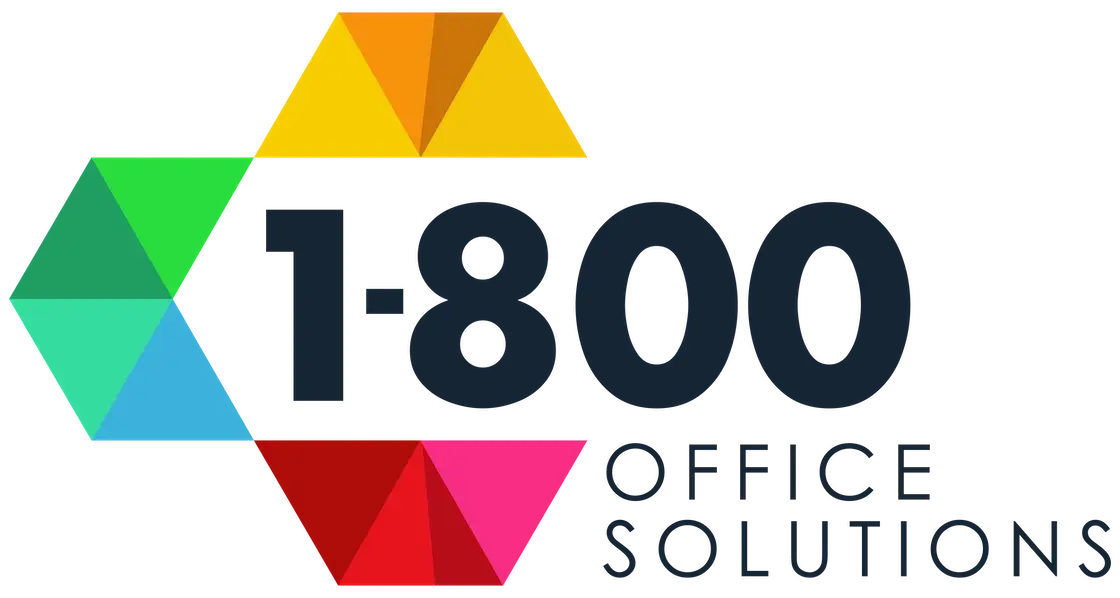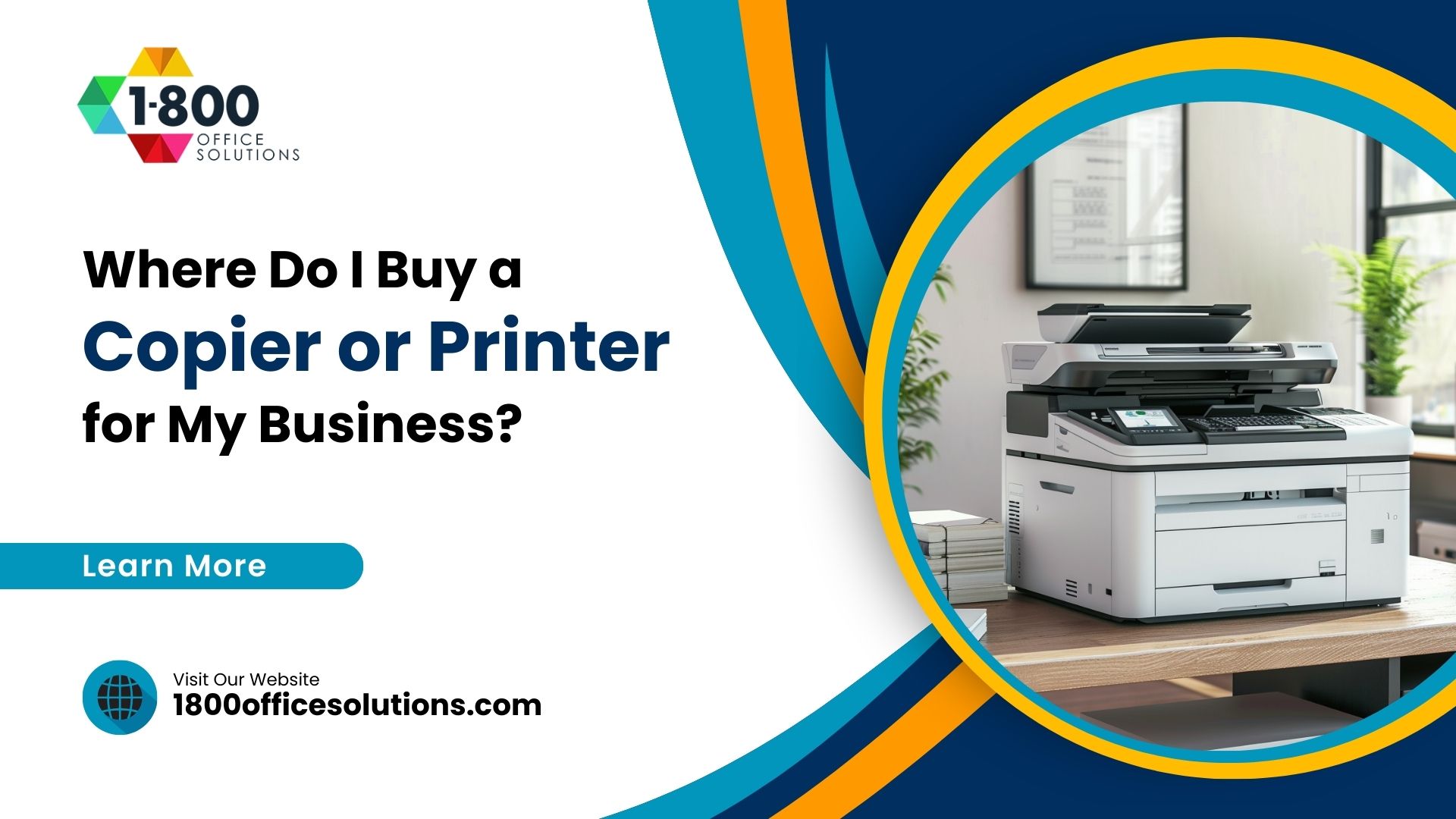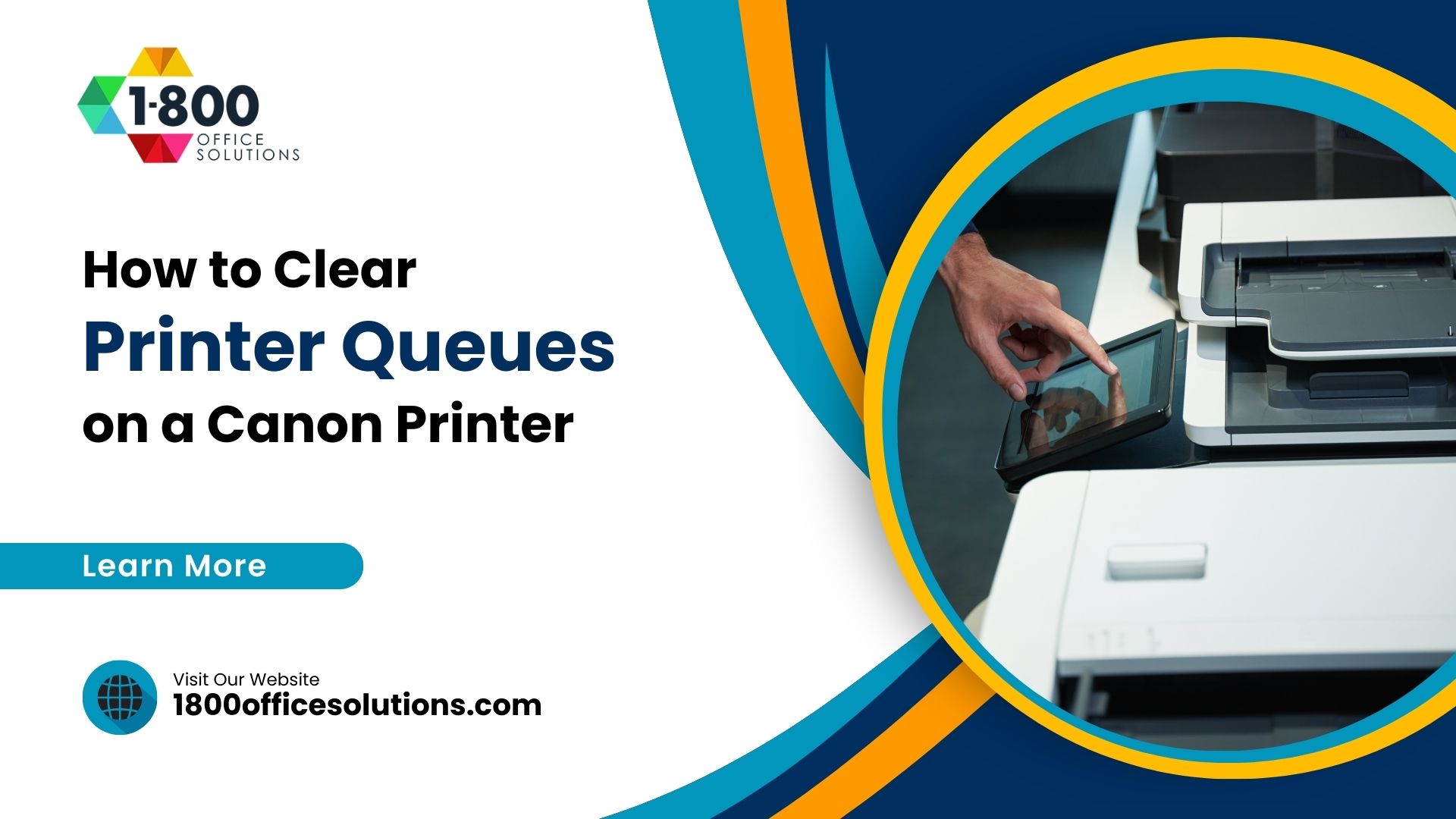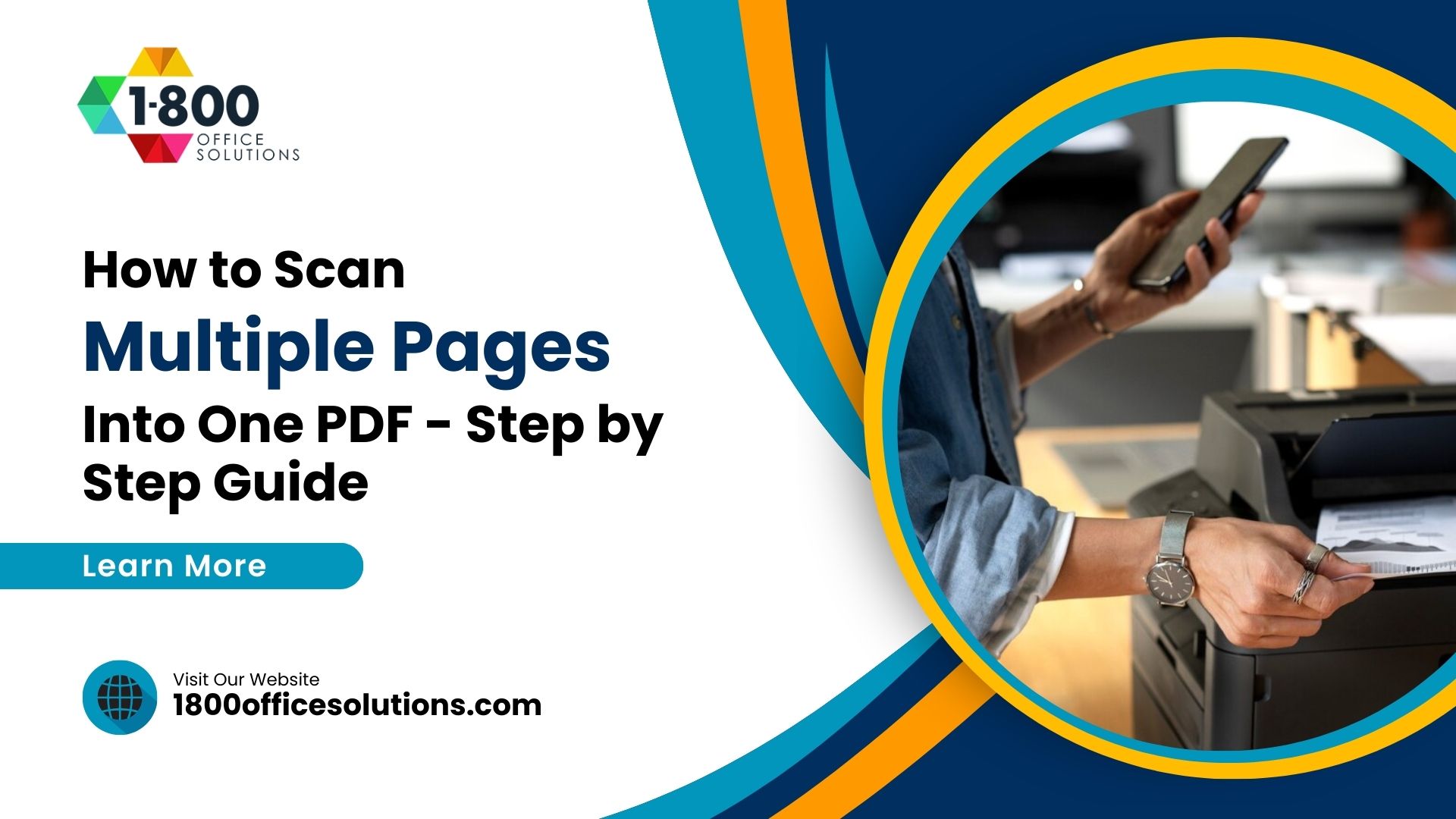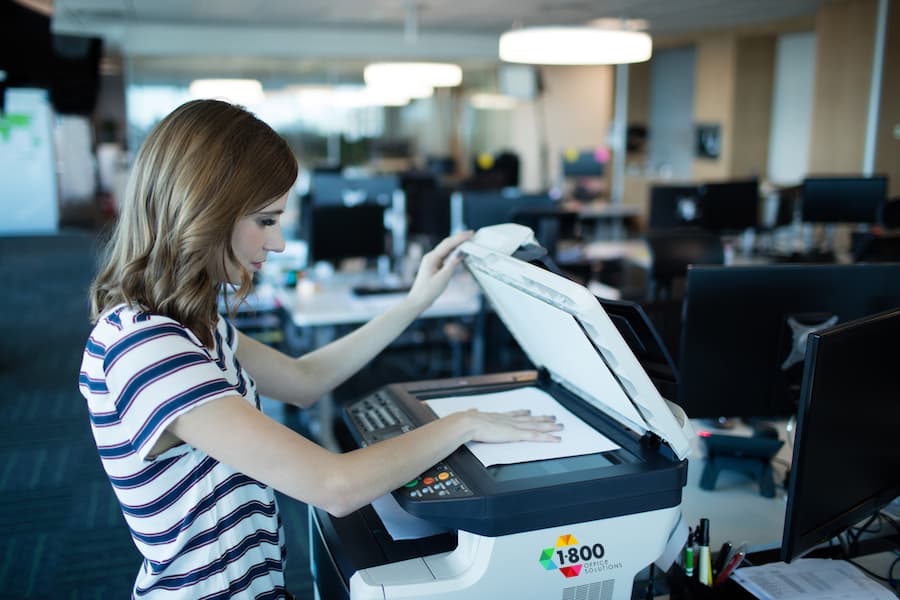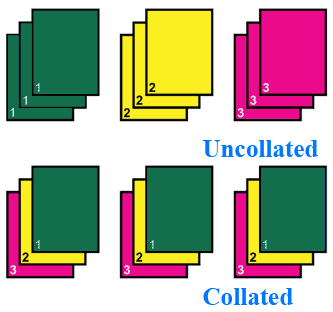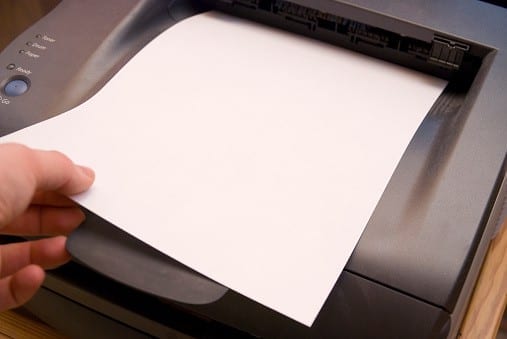Commercial Copier Costs: Understanding the True Expenses
Introduction to Commercial Copiers
In the modern commercial setting, copiers play a crucial role in facilitating efficient business operations. Whether it’s for printing out contracts, creating marketing materials, or simply producing internal documents, a reliable copier is a must-have in any office. This article will delve into the costs associated with commercial copiers, touching on secondary keywords such as copier cost, lease, commercial copier, copy machine, printer, office copier, and copier lease.
Factors Influencing Commercial Copier Costs
Purchase vs. Lease: Pros and Cons
When acquiring a commercial copier, businesses have two main options: purchase or lease. Purchasing a copier involves a significant upfront cost but offers the advantage of ownership. On the other hand, leasing requires a smaller initial outlay and includes maintenance services, but may cost more in the long run. Understanding the pros and cons of each option is crucial in making an informed decision. For more insights on leasing rates, check out this guide on Understanding Copier Leasing Rates.
The Impact of Print Volume on Copier Cost
The print volume of a copier significantly influences its cost. High-volume copiers, designed for heavy usage, are more expensive than their low-volume counterparts. However, they offer greater efficiency and durability, which can lead to cost savings over time.
Types of Commercial Copiers and Their Costs
Low-Volume Copiers: Features and Costs
Low-volume copiers are a perfect fit for small businesses or organizations with limited printing needs. These machines are designed to handle a smaller number of prints per month, making them an economical choice for businesses that do not require heavy-duty printing.
In terms of cost, low-volume copiers are generally less expensive than high-volume copiers. This is primarily because they are built with less robust components since they are not intended for heavy usage. However, this does not mean that they are of lesser quality. Many low-volume copiers are built to last and offer reliable performance, provided they are used within their intended print volume range.
The cost of low-volume copiers is influenced by several factors. One of these is print speed, which refers to the number of pages the copier can print per minute. Copiers with higher print speeds tend to be more expensive.
Another factor is paper capacity, which is the maximum number of sheets the copier’s tray can hold. Copiers with a larger paper capacity often come with a higher price tag because they offer the convenience of less frequent paper refills.
Additional features also play a role in the cost of low-volume copiers. These may include functionalities like duplex printing, wireless printing, or the ability to scan, fax, and copy. While these features can increase the price of the copier, they can also add significant value and convenience, making the machine a versatile tool for small businesses.
High-Volume Copiers: Features and Costs
High-volume copiers are designed for businesses with substantial printing needs. They offer faster print speeds and larger paper capacities, but come at a higher cost. For a detailed breakdown of office copier costs, visit this Office Copier Cost Breakdown resource.
One of the key features of high-volume copiers is their faster print speeds. These machines are capable of printing a large number of pages per minute (PPM), significantly reducing the time it takes to complete large print jobs. This is particularly beneficial in a busy office environment where time efficiency is crucial.
Another notable feature of high-volume copiers is their larger paper capacities. These copiers are designed with larger paper trays that can hold more sheets of paper at once, minimizing the frequency of paper refills. This is a significant convenience factor, especially when handling large print jobs that would otherwise require frequent paper replenishments.
However, these advanced features and capabilities come at a higher cost. High-volume copiers are generally more expensive than low-volume ones due to their superior components, advanced technology, and the increased efficiency they offer.
For a detailed breakdown of office copier costs, including factors such as purchase price, maintenance costs, and the cost of consumables, it’s advisable to refer to resources like the Office Copier Cost Breakdown. This resource can provide a comprehensive understanding of the total cost of ownership of a high-volume copier, helping businesses make an informed decision that aligns with their budget and printing needs.
Multifunction Copiers: Features and Costs
Multifunction copiers, also known as all-in-one copiers or multifunction devices (MFDs), are a versatile solution that combines the functions of a copier, printer, scanner, and fax machine into a single device. This integration of multiple functionalities into one machine is a significant advancement in office technology, offering a range of benefits.
One of the main advantages of multifunction copiers is the convenience they offer. Instead of having to move between different devices for copying, printing, scanning, and faxing, employees can perform all these tasks on a single machine. This can greatly streamline office workflows, saving time and improving productivity.
Another benefit of multifunction copiers is the space-saving aspect. In a small office where space is at a premium, having a single device that performs multiple functions can save a significant amount of room compared to having separate devices for each function. This can help create a more organized and clutter-free workspace.
However, these benefits come at a cost. Multifunction copiers are generally more expensive than standalone copiers due to their increased capabilities. They are built with more complex technology to enable the different functions, which adds to their cost.
Despite the higher initial investment, the cost can be justified by the convenience, efficiency, and space-saving benefits that multifunction copiers provide. Moreover, when considering the combined cost of individual devices, a multifunction copier could potentially result in cost savings in the long run. Therefore, for businesses looking to optimize their office operations and make the most of their office space, investing in a multifunction copier could be a wise decision.
Understanding Lease Agreements
What is a Copier Lease?
A copier lease is a contractual agreement between a business and a leasing company. In this arrangement, the business agrees to pay a predetermined monthly fee to the leasing company in exchange for the use of a copier. This type of agreement is a common practice in the business world, particularly for companies that need high-quality copiers but may not have the necessary capital for an outright purchase.
The terms of a copier lease can vary, but they typically span several years, during which the business has full use of the copier. At the end of the lease term, the business often has the option to purchase the copier at a reduced price, upgrade to a newer model, or simply return the copier to the leasing company.
One of the key benefits of a copier lease is that it typically includes maintenance and repair services. This means that if the copier breaks down or requires servicing, the leasing company is responsible for fixing it, often at no additional cost to the business. This can provide peace of mind for businesses, as they can rely on the leasing company to keep the copier in good working condition and avoid unexpected repair costs.
Moreover, a copier lease can also provide businesses with the opportunity to upgrade their equipment regularly. As technology advances, newer copier models may offer improved functionality and efficiency. With a lease agreement, businesses can upgrade to these newer models at the end of their lease term, ensuring they always have access to the latest technology.
However, it’s important for businesses to carefully review the terms of a copier lease before signing. Factors such as the length of the lease, the total cost over the lease term, the conditions for service and maintenance, and the terms for ending or renewing the lease should all be clearly understood to ensure the lease agreement meets the business’s needs and budget.
Factors to Consider in a Lease Agreement
When considering a copier lease, there are several key factors that businesses should take into account to ensure they’re making a decision that aligns with their needs and budget.
One of these factors is the length of the lease. Lease terms can vary widely, from a few months to several years. The length of the lease can impact the monthly lease payments, with longer leases often resulting in lower monthly payments. However, businesses should also consider their future needs, as they will be committed to the lease for its entire duration. If a business anticipates significant growth or changes in its printing needs, a shorter lease might provide more flexibility.
Another important factor to consider is the cost of overage charges. Most copier leases include a maximum monthly print volume. If a business exceeds this volume, it will be subject to overage charges, which can be substantial. Businesses should ensure they have a clear understanding of their print volume needs and the potential cost of overages before entering into a lease.
The terms of service and maintenance are also a crucial consideration. A major benefit of leasing a copier is that maintenance and repairs are typically included in the lease agreement. However, the specifics of these services can vary. Businesses should clarify what types of service and maintenance are included, how quickly the leasing company responds to service calls, and whether there are any additional costs associated with these services.
By carefully considering these factors, businesses can make an informed decision about whether a copier lease is the right choice for them. It’s always advisable to read the lease agreement thoroughly and seek legal or professional advice if any terms are unclear.
Making the Right Choice for Your Business
Assessing Your Business Needs
Before investing in a commercial copier, it’s crucial to assess your business needs. This involves evaluating your print speed and volume requirements and paper capacity and workload considerations.
Print Speed and Volume Requirements
The print speed of an office copy machine, measured in pages per minute (PPM), determines how quickly it can complete print jobs. If your business frequently requires large print jobs in a short time, a copier with a high PPM would be beneficial. Similarly, the print volume refers to the number of pages a copier can produce in a month. Understanding your business’s print volume requirements will help you choose a copier that can handle your workload without frequent maintenance or replacement.
Paper Capacity and Workload Considerations
The paper capacity of an office copy machine refers to the number of sheets it can hold in its tray. A high paper capacity is beneficial for businesses that print large documents regularly, as it reduces the frequency of paper refills. Additionally, consider your business’s workload. If your business has high printing needs, a commercial copier designed for heavy-duty use would be a suitable choice.
Additional Features to Consider
Duplexing and Finishing Options
Duplexing is a feature that allows a multifunction printer to print on both sides of a sheet, reducing paper usage and costs. Finishing options such as stapling, hole punching, and booklet making can enhance the presentation of your documents. While these features increase the cost of a copier, they can improve efficiency and professionalism.
Paper Trays and Card Readers
Additional paper trays can increase a copier’s paper capacity, reducing the frequency of paper refills for businesses with high print volumes. Card readers allow for secure printing, ensuring that only authorized individuals can use the copier.
Color Copier vs. Black and White: Making the Right Choice
The choice between a color commercial copy machine and a black and white copier depends on your business needs. If your business frequently prints color documents, a color copier would be a worthwhile investment. However, if your print jobs primarily involve text documents, a black and white copier would suffice and be more cost-effective.
The Cost of Ownership: Beyond the Commercial Copier Prices
Maintenance and Repair Of A Commercial Copier Costs
The cost of a copier extends beyond its purchase price. Maintenance and repair costs can significantly increase the total cost of ownership. Regular maintenance is essential to keep a copier in good working condition and prevent costly repairs or replacements.
Consumables and their Impact on Total Cost
Consumables such as ink or toner, paper, and replacement parts contribute to the ongoing costs of a copier. When choosing a copier, consider the cost and availability of these consumables.
Making the Decision: Buy or Lease?
Evaluating the Price Range and Your Budget
When deciding whether to buy or lease a multifunction printer, consider your budget and the copier’s price range. Buying a copier requires a significant upfront cost but can be more cost-effective in the long run. Leasing, on the other hand, involves lower initial costs but may be more expensive over time due to ongoing lease payments.
Considering the Lifespan of the Copier
The lifespan of a copier is another important factor to consider. High-quality copiers can last for several years with proper maintenance, making them a worthwhile investment for businesses with high print volumes.
Conclusion: Choosing the Right Copier for Your Business
Choosing the right commercial copy machine for your business involves careful consideration of your business needs, the copier’s features and costs, and whether to buy or lease. By understanding these factors, you# Making the Right Choice for Your Business
No schema found.
FLORIDA
1-800 Office Solutions – Sanford 320 Gordon St
1-800 Office Solutions – Miami 156 NW 54 Street
1-800 Office Solutions – Boca Raton 160 W Camino Real Unit #820
1-800 Office Solutions – Alafaya 2212 South Chickasaw Trail
1-800 Office Solutions – Bradenton 1201 6th Ave W #A275
1-800 Office Solutions – Ormond Beach 386 S Atlantic Ave #6
1-800 Office Solutions – Oviedo 837 Kingsbridge Dr
1-800 Office Solutions – Orlando 6649 Westwood Blvd suite 1314
ARKANSAS
1-800 Office Solutions – Pine Bluff 2910 E Harding Ave
1-800 Office Solutions – Rogers 4021 W Walnut St
1-800 Office Solutions – Russellville 89 AR-331
1-800 Office Solutions – Bentonville 900 SE 5th St
ILLINOIS
1-800 Office Solutions – Chicago 1440 W Taylor St
1-800 Office Solutions – 4610 N Clark St
1-800 Office Solutions – 1130 S Canal St
1-800 Office Solutions – 1720 W Division St
1-800 Office Solutions – Morton 1939 S main st
1-800 Office Solutions – Addison 310 W Gerri Ln
ARIZONA
1-800 Office Solutions – Scottsdale 20715 N Pima Rd suite 108
1-800 Office Solutions – Gilbert 1525 S Higley Rd ste 104
CONNECTICUT
1-800 Office Solutions – New London 4 Shaws Cove
1-800 Office Solutions – Milford 415 Boston Post Rd ste 3-1137


